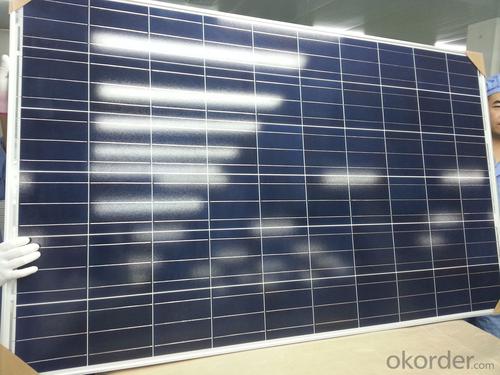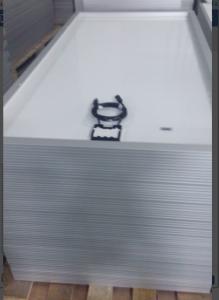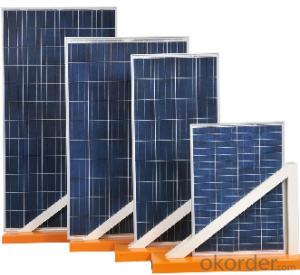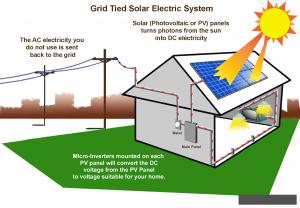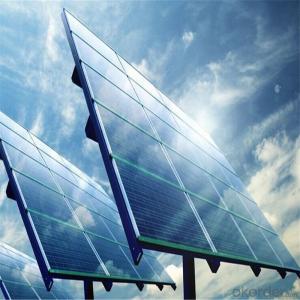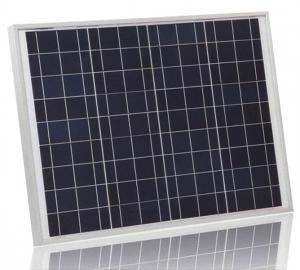500 Watt Poly Solar Panel for Home Use and Power Plant
- Loading Port:
- Shanghai
- Payment Terms:
- TT OR LC
- Min Order Qty:
- 1 watt
- Supply Capability:
- 122333 watt/month
OKorder Service Pledge
OKorder Financial Service
You Might Also Like
Specification
China National Building Material Group Corporation
CNBM International Corporation is a professional solar panel manufacturer in China for CNBM brand . Silicon panel ( silicon module), as our main product, has high quality and good service. Our products are very popular in Europe, Australia, England, Middle East, Mexico, Argentina, Chili, Singapore and Africa.
Furthermore, our products have gained international authorized certificates like TUV, UL and CE.
China National Building Material (Group) Corporation (CNBM), established in 1984, is one of the largest State-owned group corporations of building & mechanical materials which specializes in the design, manufacturing and distribution of building materials in the world.

Solar Panel Product Description
1. Solar panel nominal 12/24v DC for standard output
2. Solar panel encapsulated with high transmission low-iron, 3.2mm tempered glass.
3. Aesthetic appearance and rugged design.
4.Cells are laminated with TPT and EVA ensuring longer life and maximum performance.
5. PV module easy to install.
6. TPT imported from Krempel, Germany.
7. High Solar cell-conversion efficiency of solar cell: up to 21% and stability with guaranteed 3%power output tolerance.
Advantage:
1. Solar panel varied from 3W to 300W with ISO, CEC, TUV, and CE approval, offering the full spectrum sizes to help you more with one-stop buying.
2. Fast shipment.
3. Good quality and competitive price.
4. We offer knowledgeable tech support before and after the sale.
5. Local warehousing and techincal support.
6. Easy Installation & Maintanance.
- Q: Solar panel experiment ?wat are some experiments with solar panels that has not yet been proven? ideas
- You okorder /
- Q: What is the impact of roof color on solar panels' performance?
- The impact of roof color on solar panels' performance is minimal. While a darker roof color may slightly increase the temperature of the panels, leading to a slight decrease in efficiency, the difference is typically not significant enough to significantly impact their overall performance. Other factors such as panel tilt, orientation, shading, and maintenance have a much larger influence on solar panels' performance.
- Q: Can solar panels be used to power an entire home?
- Yes, solar panels can be used to power an entire home. By installing a sufficient number of solar panels and utilizing energy storage systems, a home can generate and store enough electricity from the sun to meet all its power needs, even during periods of low sunlight or at night. This allows for a sustainable and independent energy source, reducing reliance on traditional power grids and lowering electricity bills.
- Q: Can I install my 2v solar panel straight to battery to charge the battery on my 989 ford ranger?
- You would need a inverter which transfer AC to DC. then you can connect it to your battery. You also have to check is your battery able to take energy coming from inverter. This might be little but tricky. Check the energy output and battery Voltage before testing.
- Q: Can solar panels be used on a backpack or portable device?
- Yes, solar panels can be used on a backpack or portable device. These panels are typically lightweight and flexible, making them suitable for integrating into various portable devices. They can capture sunlight and convert it into electrical energy to power or recharge these devices while on the go.
- Q: Can solar panels be installed on a prison or correctional facility?
- Yes, solar panels can be installed on a prison or correctional facility. Installing solar panels can help reduce the facility's reliance on traditional energy sources and lower its carbon footprint. Additionally, it can save money on electricity costs in the long run. However, there may be certain security considerations and regulations that need to be addressed to ensure the panels do not pose any risks or vulnerabilities.
- Q: Can solar panels be used for powering outdoor recreational vehicles?
- Yes, solar panels can be used to power outdoor recreational vehicles. They are an efficient and eco-friendly way to generate electricity for various equipment and appliances such as lights, refrigerators, fans, and even charging batteries. Solar panels can provide a reliable source of power while being mobile and self-sustaining, making them an ideal choice for outdoor recreational vehicles.
- Q: Can solar panels be used to power a skyscraper?
- Yes, solar panels can be used to power a skyscraper. With advancements in technology, large-scale solar panel installations can generate enough electricity to meet the energy demands of a skyscraper. However, it may require a significant number of panels and efficient utilization of available space to maximize solar energy production. Additionally, energy storage systems can be employed to ensure continuous power supply, especially during periods of low sunlight or at night.
- Q: Can solar panels be installed on a restaurant or food service establishment?
- Yes, solar panels can be installed on a restaurant or food service establishment. In fact, many businesses in the food industry are turning to solar power as a sustainable and cost-effective energy solution. Solar panels can be mounted on the roof or other suitable areas of the building to generate clean electricity, reducing the establishment's reliance on traditional power sources and lowering energy costs.
- Q: I live in the UK, I have no savings (so would have to take out a loan of about ?8000), I don't know how long I plan to stay in my house, I might want to move in a year or two to take advantage of a better job so I want to keep the option open of being able to sell my house without having to pay off the cost of having the panels fitted (which I probably won't get back on the increased value they add to my house).What are the main advantages of having solar panels?What are the pitfalls the ever so eager cold callers with quotas to fill don't tell you about?Basically is it worth having them?Thankyou.
- If you're talking about photovoltaic panels, for making electricity, they're very expensive. Around here I think it runs around 2 bucks a watt of capacity, just for the panels. Then they have to be installed of course, which means an electrician has to be paid, and you need an inverter also. You can also spring for a bank of deep cycle batteries if you want to be able to store the electricity from the panels to use at night or on cloudy days, but that adds another very large expense. Now if electricity is very, very expensive where you are, you could maybe pay this off in a few years, but I doubt you could pay off 8000 pounds worth of this stuff in only a couple years. If you're talking about solar for water or air heating, well, that's another deal. But those kind of setups cost a lot less to put in, I can't see anyone paying that much for it.
Send your message to us
500 Watt Poly Solar Panel for Home Use and Power Plant
- Loading Port:
- Shanghai
- Payment Terms:
- TT OR LC
- Min Order Qty:
- 1 watt
- Supply Capability:
- 122333 watt/month
OKorder Service Pledge
OKorder Financial Service
Similar products
Hot products
Hot Searches
Related keywords



